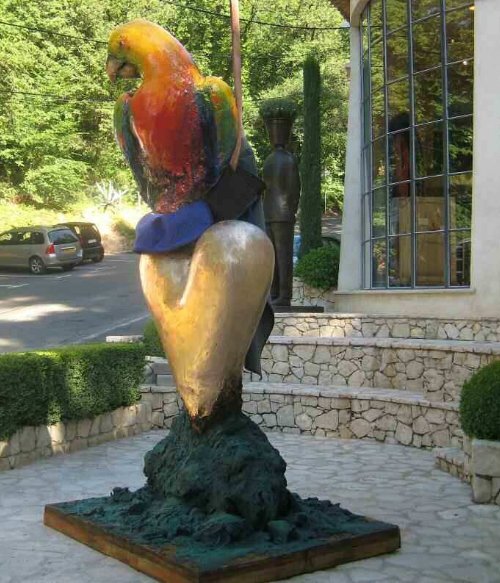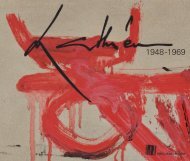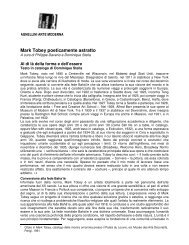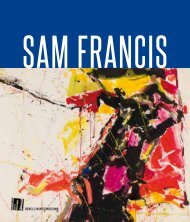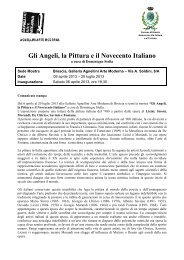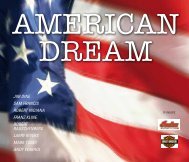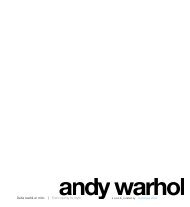Gabbia Bongiorno - Agnellini Arte Moderna
Gabbia Bongiorno - Agnellini Arte Moderna
Gabbia Bongiorno - Agnellini Arte Moderna
Create successful ePaper yourself
Turn your PDF publications into a flip-book with our unique Google optimized e-Paper software.
Jim Dine<br />
Life as<br />
an Artist*<br />
Claude Lorent<br />
* This text was written for the exhibition Jim Dine held at the Guy<br />
Pieters Gallery at Knokke-Heist (Belgium) in 2008.<br />
In choosing to mount an exhibition composed exclusively<br />
of works produced in the years 2007-08,<br />
it might be thought that only the artist’s most<br />
recent concerns are being taken into account.<br />
However, although the paintings and sculptures<br />
provide an accurate description of a precise<br />
moment in the American artist’s creativity, they<br />
are nonetheless indissociable from his development<br />
since the 1970s, even since the early moments of his<br />
pictorial career in the 1960s, after he had distinguished<br />
himself in pioneering performances and the first Happenings<br />
staged with Claes Oldenburg, Allan Kaprow and<br />
the musician John Cage. The 1960s are described as<br />
Dine’s pop years, as he was involved in the renewal of<br />
American art at that time through the return to figuration,<br />
a measure that flew in the face of the dominant<br />
abstract painting, particularly Abstract Expressionism, to<br />
use the terms coined by the critic Robert Coats at The<br />
New Yorker. Dine was, therefore, one of the artists who<br />
destabilised the values that were then current and solidly<br />
established, by introducing direct action into artistic<br />
practice and imposing new pictorial motifs taken from<br />
daily life. Although he turned away from painting for<br />
nearly three years to focus on other forms of expression,<br />
it remained the basis of his oeuvre as, from the<br />
moment he took up his brush again – and freely broke<br />
with the avant-garde advances of the moment to which<br />
he would never return – he resumed using the same<br />
type of motifs and has never since given them up.<br />
Today they are more topical than ever. Since that time<br />
Jim Dine has forged his own path, far removed from the<br />
fashions and influences of the moment.<br />
Of his own will, Dine fairly quickly turned his back on<br />
his role as a leading light in the Pop Art sphere, the<br />
trend that literally revolutionised the American scene<br />
before being welcomed by Europe like a breath of fresh<br />
air and liberating force. That is how the history of twentieth-century<br />
art classifies the movement but it would<br />
make a monumental mistake if Pop Art were considered<br />
as anything more than a moment: a powerful and<br />
influential one, to be sure, one that left its mark, but a<br />
moment circumscribed in time nonetheless. Yet, even<br />
when Dine was an exponent of this trend and exhibited<br />
with other proponents of the genre who rapidly became<br />
its international points of reference, he was already following<br />
a personal path, one that had imposed itself on<br />
him since a very young age: as a boy he used to rummage<br />
around in his grandfather’s workshop where his<br />
favourite playthings were the tools and instruments his<br />
granddad used. The subjects of his painting were not<br />
distinct from either his environment or, above all, the<br />
things he was fond of. Nor, so to speak, has he changed<br />
anything since, so much so that his current works – hearts<br />
31


